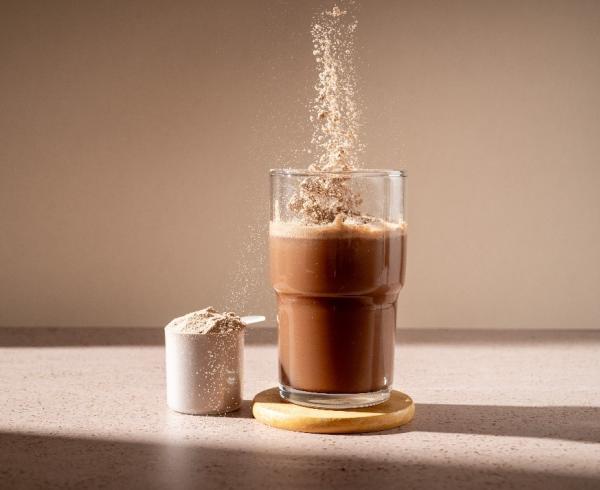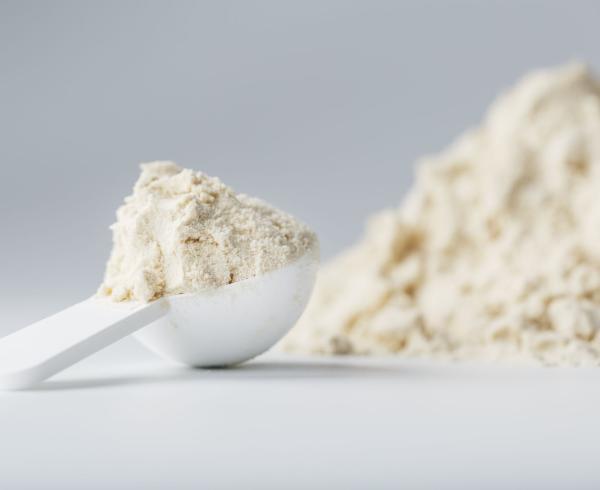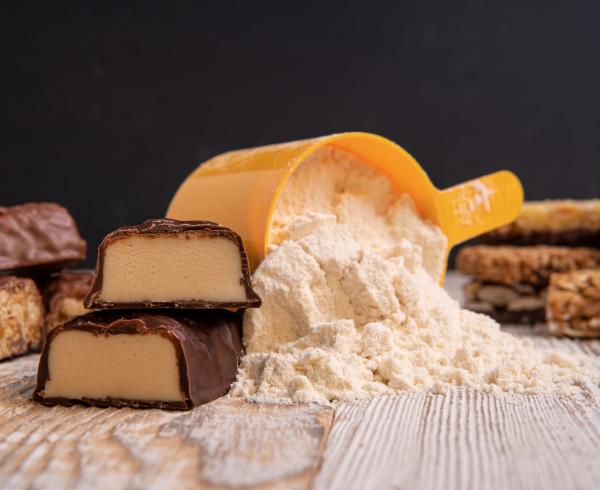
The World of Whey Protein - Choosing the Right Protein for the Right Occasion
Protein Hub
Navigating the wonderful world of dairy protein can help brands to make informed decisions about what to use in their products.
Highlights
- There are two primary technologies for isolating whey proteins from milk: ion exchange and cross-flow microfiltration. A CFM protein has a superior amino acid profile.
- Whey protein isolate is the most premium choice with its superior amino acids profile and bioactive components.
The World of Whey Protein: Concentrate and Isolate
When choosing a whey protein ingredient, there are two main types to consider: whey protein concentrate (WPC) and whey protein isolate (WPI), which differ in composition and benefits. Another ingredient sometimes used is whey protein hydrolysate (WPH), a whey protein broken down into smaller peptides, with very fast absorption but a bitter taste.
Whey Protein Concentrate (WPC)
WPC comes in a wide range of protein concentrations, from 35% to 85% protein, with varying amounts of lactose and fat. It is typically produced through ultrafiltration, a process in which liquid whey passes through a series of ultrafiltration membranes that concentrate the larger molecules, under mild temperature and pH conditions.
Whey Protein Isolate (WPI)
WPI is a more highly purified protein, characterized by its high protein of 90% or more and low levels of carbohydrates and fats. The extensive processing also minimizes lactose, making it a better option for lactose sensitive consumers. Used extensively in sports nutrition products, WPI is ideal for athletes and others in need of the best support for muscle growth and repair, as it is absorbed very quickly in the body with high utilization, without excess fat and carbohydrates.
BCAA Comparison of Dairy vs. Non-Dairy Protein Ingredients
WPI has higher levels of branched chain amino acids (BCAA), which support exercise endurance and help stimulate muscle recovery after exercise.1 WPI has also been found to increase levels of glutathione,2 a powerful antioxidant in the body that helps mitigate oxidative damage for quicker exercise recovery.3
How Whey Protein is Made
Advanced Processing: Ion Exchange vs. Cross Flow Microfiltration
There are two main processing techniques used to isolate whey proteins from milk—ion exchange and cross flow microfiltration (CFM)—which produce WPI with very different properties.
Advantages of Cross-Flow Microfiltration
A CFM protein has a superior amino acid profile containing all 9 EAAs: Histidine, Isoleucine, Leucine, Lysine, Methionine, Phenylalanine, Threonine, Tryptophan, and Valine, making it a complete protein. Since CFM uses low temperature and pH conditions that preserve the whey protein’s biological activity, a CFM protein has the highest level of undenatured proteins. Moreover, it has a high BCAA content, less fat, and no lactose.
CFM preserves bioactive milk proteins, such as α-LA (associated with immune support and mineral digestion) and particularly glycomacropeptides (GMP) (linked to satiety and immunity benefits, among others). Since there is a complete loss of GMP from ion exchange, the resulting WPI ingredient lacks this. Glanbia Nutritionals’ Provon® CFM is a high-quality WPI with 20-22% GMP.
In addition to its nutritional value, GMP retains many biological properties and has therapeutic effects in several inflammatory disorders. GMP was shown under in vitro and in vivo conditions to exert a number of activities that regulate the physiology of important body systems, namely the gastrointestinal, endocrine, and immune systems4.
Benefits of CFM Protein

Whey Protein Isolate: The Premium Choice
WPI’s high protein content and superior protein quality—with a complete amino acid profile to support optimum health and function—along with its low fat, lack of lactose, and rich milk bioactives, make it the best protein for supplement brands. Differentiate your products by choosing a premium source of protein.
Connect with us to explore our high quality protein ingredients like Provon® CFM that align with your brand vision and consumer health goals. Together, let’s set new standards in the nutrition landscape.




